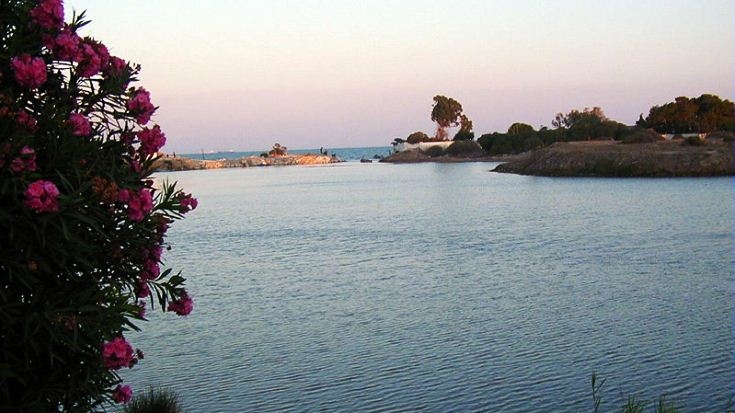The Gulf of Gabes—a Mediterranean zone with important biological resources and rich coastal, marine and freshwater ecosystems—is particularly exposed to anthropogenic factor (including overfishing and seabed trawling and wastewater pollution from urban and industrial sources) altering its natural features. Since the beginning of the 2000s, the Tunisian Government, fully aware of the potential and the challenges of this zone, had stressed the importance of adopting a pragmatic and integrated approach to safeguard natural resources, including land and water conservation, mitigating ongoing or potential threats to biodiversity, and addressing social and environmental concerns, while contributing to better harmonizing planning with other investment programs and projects.
Solution
The project intended to contribute to safeguarding natural resources including land and water conservation and to increasing the benefits of other large public sector investment programs in urban wastewater treatment, industrial pollution control, improved urban management, tourism development, and fisheries. The project was also clearly addressing the requirements of the two key pillars of the GEF: (a) biodiversity conservation in protected areas; and (b) biodiversity mainstreaming in production through integrated approaches to development.
Results
The overarching objective of the project was to develop a long-term strategy for an integrated approach to biodiversity protections that addresses scientific, social and economic issues. An important and comprehensive baseline inventory and mapping of most of the Posidonia seagrass areas and marine plant cover in the Gulf of Gabes was prepared. In addition, management plans were prepared for the Gulf of Boughrara, the Kneiss Island, the Lagoon (Bahiret) El Bibane and the Kerkennah Islands, as well as a management plan for the Gabes Oasis. Finally, a GIS and Information Exchange Center was established. The Government noted that “the project supported the elaboration of important plans and strategies for an integrated management of the biodiversity of the Golf of Gabes ecosystem and of selected pilot sites with significant natural potential”. The sustained nature of the intervention was underlined by noting that “these plans should be implemented in a short, medium and long term”.
Bank Group Contribution
The total cost of the project was estimated at US$9.81 million, of which US$6.31 was funded by a grant from the Global Environment Facility (GEF) and managed by the World Bank, with approximately US$3 million financed by the Government of Tunisia.
Partners
The project was a partnership between the Bank (IBRD) and Global Environment Facility, and key to rapidly launching activities to protect biodiversity that might not have been funded as a short-term budget priority, and support decentralized participatory management plans to protect biodiversity of global value that would not have been part of the Government priority activities.
Moving Forward
Key project activities had been designed to continue after project completion, with replication in Tunisia and elsewhere in the Mediterranean region, including: (a) implementation of management plans at other pilot sites, (b) identification of other sea grass areas in the Gulf to be managed with the biodiversity principles and monitoring techniques piloted during the project; and (c) application of participatory approaches. The project lessons and achievements contributed to subsequent projects including the Second Natural Resources Management Project, as well as a number of water-related projects such as the Northern Tunis Wastewater Project and Second Water Sector Investment Project.
Beneficiaries
The project was designed to directly benefit communities that exploit coastal marine resources at the various sites chosen, comprising first and foremost fishermen, farmers in the Gabes oasis, local NGOs active in the development and environmental protection sector, local professional organizations, local authorities, and the tourism and hotel sector (particularly in the Jerba-Zarzis area).
